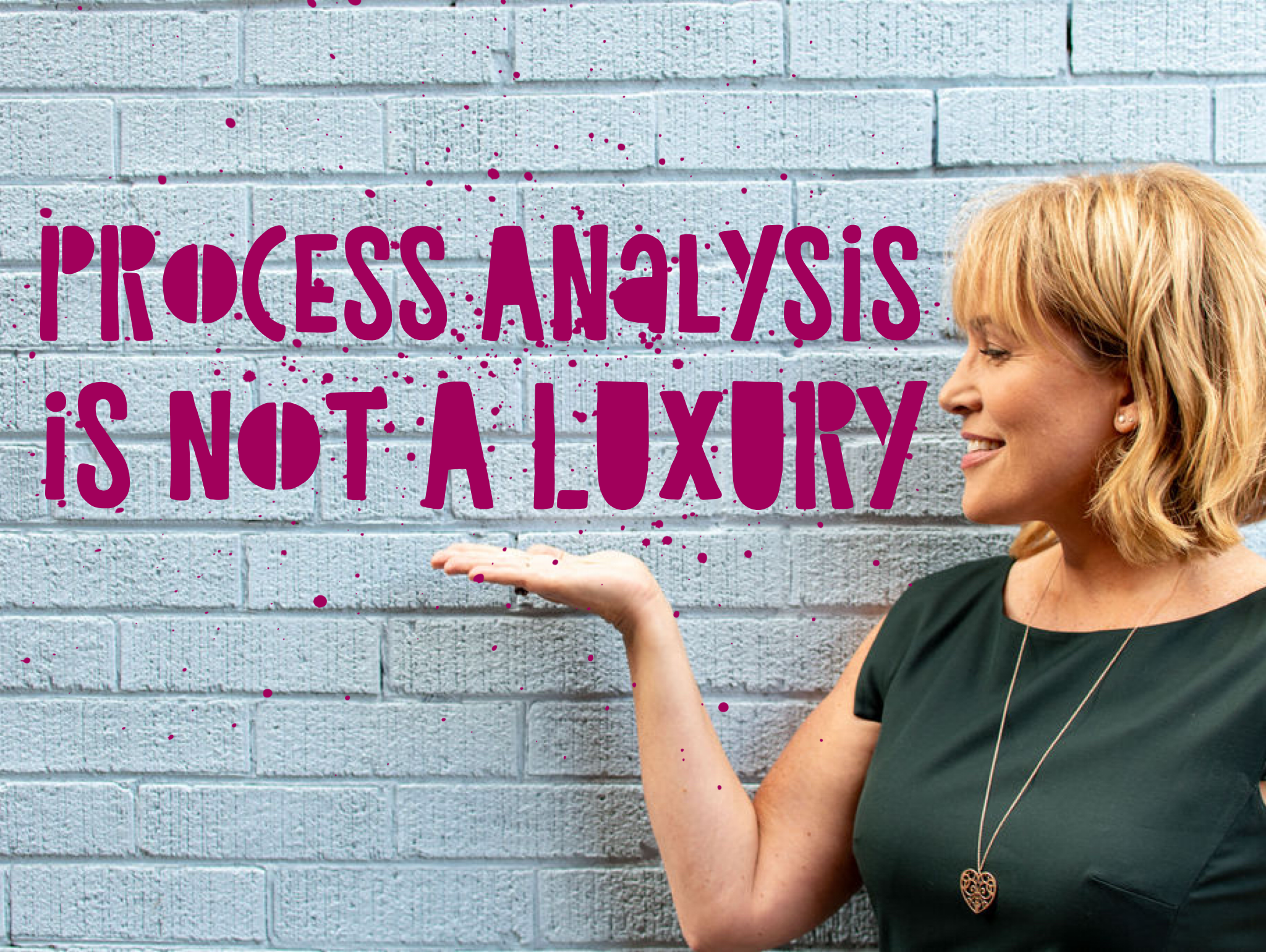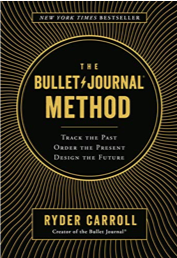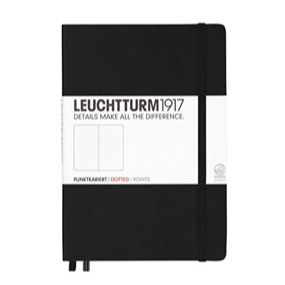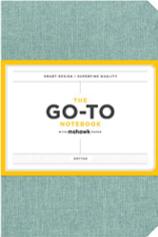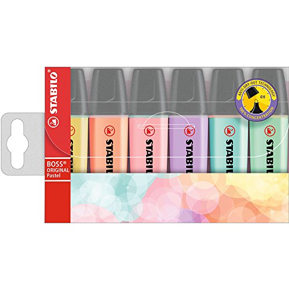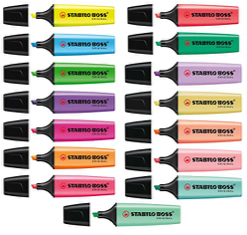The Thomas-Kilmann Instrument (TKI) is an assessment that can identify the best way to manage conflict for you. Do you tend to be more accommodating or confrontational? The TKI will help you determine your default style so that you can learn how to adjust your style when necessary.
 What is the Thomas-Kilmann Instrument?
What is the Thomas-Kilmann Instrument?
The Thomas-Kilmann Instrument is a survey originally developed in 1975 by Kenneth Thomas and Ralph Kilmann based on research conducted at Michigan University. to measure how people react to conflict. The instrument has been validated with thousands of data points. It measures the extent to which people are willing to cooperate or compete in resolving conflicts, their willingness to help others work on the problem, the extent to which they are satisfied with the outcome of the discussion, and finally, how much of an effort they are willing to make to reach an agreement.
How to use the TKI
The TKI is a diagnostic tool that provides you with an accurate view into your conflict resolution style and ultimately can lend insights to your leadership style. You can then use the results to identify areas for improvement and ways to increase your leadership skills. The TKI is a leadership, decision-making, and negotiation tool that uses two dimensions that help describe conflict resolution preferences or situational decisions. The matrix’s two axes are Assertiveness and Cooperativeness. Assertiveness is defined as “The degree to which a person makes clear what they want in a situation,” while cooperativeness is defined as “The degree to which a person responds appropriately to the wants of others.” Obviously, it is important for leaders to have both skills, but it’s hard to be an effective leader when they are lacking in either category.
The instrument measures our affinity for one of the 5 conflict-handling modes: Competing, Collaborating, Compromising, Avoiding and, Accommodating.
Remember we all use all 5 styles. The real question is, do we have a bias, affinity, or preference towards one or more styles that may not make us the LIMITLESS LEADER we all want to be.
Competing (The Fighter)
The Fighter is both highly assertive and highly uncooperative. This style leverages a power position in order to achieve its goals. In this mode, we advocate for their own concerns (and our own concerns only). This often comes at the other person’s expense. This style is particularly skilled at using any and all power mechanisms that could be appropriate to win their position. The Fighter might be characterized by actions like setting and enforcing personal boundaries, standing up for your rights, or simply winning for the sake of winning.
Collaborating (The Facilitator)
The Facilitator is both assertive and cooperative. That sounds impossible. This style often takes on the role of a facilitator or guide. They advocate for the solution that not only satisfies the concerns of both but also seeks the solution that represents the greater good. In practice, collaborating might use empathy, creativity, innovation, and complex problem-solving skills to seek to understand the big strategic objective.
Compromising (The PeaceKeeper)
Compromising sits comfortably in the middle of assertiveness and cooperativeness. This style seeks to uncover fast solutions that both parties can be *somewhat* satisfied with.
This style is likely to give up more of their personal position than the competing style but gives up less than the accommodating style. It handles issues at the moment versus Avoiding but doesn’t seek the altruistic “greater good” that the Collaboration style does. Compromising
often manifests itself as going 50:50, splitting down the middle, leveraging or giving up social capital, or seeking the fastest-possible resolution.
Avoiding (The Evader)
The Evader is simultaneously unassertive and uncooperative – because they avoid the issue like the plague (too soon?). When avoiding, one typically seeks to imminently seek to resolve either parties’ concerns. The Evader might diplomatically avoid the problem, delay the conversation until a later time, or simply withdraw altogether.
Accommodator (The Sweetheart)
The Sweetheart is unassertive and cooperative—the antonym to The Fighter. The Sweetheart typically plays the role of the sacrificial lamb in this mode, completely disregarding their own concerns with the intention of satisfying the concerns of the other party. While this style can appear charitable, they can also be perceived as a “people pleaser”, lacking boundaries, or incapable or unwilling to share opposing views.
Interested in running this assessment for individuals or teams? Reach out to us at info@whiteboardconsulting.caDay 11 of 365 Days of Leadership


 The dangers of getting stuck on the details
The dangers of getting stuck on the details
